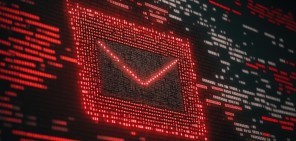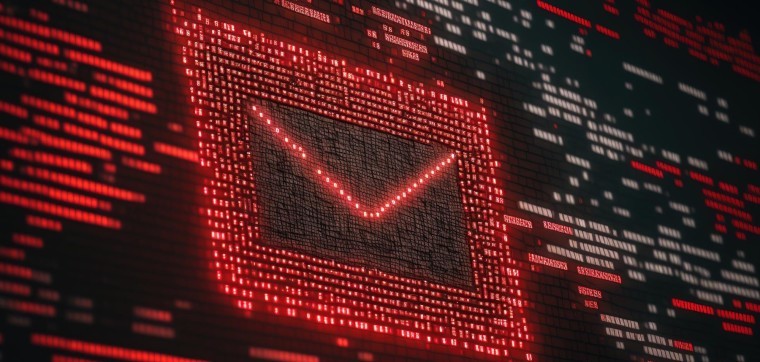By Andrew Morrison, our Global SVP, Solutions and Services, Noventiq
As an organisation grows, its information security system inevitably grows along with it. Enter antiviruses, firewalls, EDR, 2FA, and all the other solutions which employers and employees use in a range of locations and on many different devices, with different capabilities and operating systems.
Sooner or later, all businesses end up asking themselves the same question — 'how can we keep track of all of this?' After all, the commonly-held wisdom is that unless security systems are comprehensive, they are essentially pointless. There's no sense in having 90% coverage, because your 10% achilles heel still leaves your entire digital infrastructure open to attack once malicious actors have found a way through. Yes, there are information security specialists, but people do not have the ability to track all the processes taking place in the company every second.
So, what are SIEM and SOAR and how can they help?
SIEM stands for Security Information and Event Management, whereas SOAR stands for Security Orchestration, Automation and Response. Put simply, SIEM collects information from all of your security tools, regardless of which manufacturer it's from, and displays it all in one simple dashboard. Aside from the obvious convenience in the way the information is displayed, the intrinsic value of the system really lies in the level of detail on events, how they sit within the logical chain, and how effectively they can notify you of any possible incidents. The fact is that when security tools are working individually, they may not be able to detect malicious activity. You only get a high level of visibility by correlating information from different sources.
So, SIEM gives information security specialists an overview of the entire security picture in their organisation, and the information they need to rectify any anomalies. In recent years, SIEM has become one of the most popular solutions with SMBs. Despite the relatively high cost, there appears to be a growing understanding of the need to build custom information security systems, rather than buying individual solutions off the peg.
SOAR, on the other hand, is an automation and orchestration tool. That is, it can be used to manage security systems and coordinate their work. At the same time, the solution provides ample opportunities for automating the collection of data, analysis, and response to incidents. Due to the fact that attacks are becoming more complex (the flow of incidents resembling a relative avalanche, in some cases), the need to automate routine operations is becoming more prevalent every day. SOAR allows specialists to focus on complex incidents, as well as improving the information security system.
When should you consider SIEM?
When your security devices generate multiple events per second and it becomes impossible for your security team to process them, SIEM will help you to take the bull by the horns. It gives you the most comprehensive picture of your organisation's security in a single dashboard, alongside the ability to track all the possible types of malicious activity. Before you jump in, do bear in mind that setting up a SIEM system can be quite costly, so do take the time to consult experts on how to deploy and optimise the system so that you can be sure you're getting the most out of it.
When should you consider SOAR?
If your organisation is experiencing difficulties when it comes to responding to threats, you should consider using SOAR to automate your incident responses. Once you have it deployed, you can be sure that myriad threats will be contained in the most effective manner. If you're already working with a complex digital infrastructure, implementing and integrating SOAR can be tricky, but once you're up and running, the benefits are undeniable.
If you need to improve your security visibility by deploying SIEM or SOAR, remember that careful planning is the key to success. Noventiq experts are always ready to help you evaluate your organisation's existing digital architecture, and map out the steps you need to take to ensure that your operations are effective and secure.









